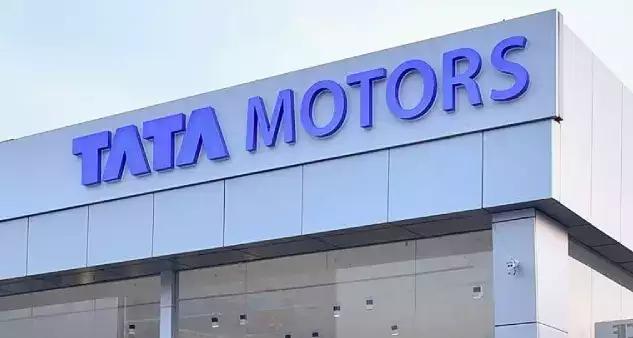Tata Motors, the Mumbai-based auto major, has reported a consolidated net profit of Rs 3,783 crore for the September quarter, thanks to a strong performance from its British arm, Jaguar Land Rover (JLR). This marks the fourth consecutive quarter of positive results for Tata Motors.
In the same quarter last fiscal year, the company had posted a consolidated net loss of Rs 1,004 crore. The total consolidated revenue from operations for this quarter stood at Rs 1,05,128 crore, compared to Rs 79,611 crore in the same period last year.
On a standalone basis, Tata Motors reported a net profit of Rs 1,270 crore for the September quarter. This is a significant improvement compared to the net loss of Rs 293 crore reported in the same period last year.
Jaguar Land Rover, on the other hand, reported a revenue of 6.9 billion pounds in the second quarter, marking a 30% year-on-year increase. This growth can be attributed to higher wholesales, a better product mix, cost reductions, and investment in demand generation.
Looking ahead, Tata Motors expects production and wholesale volumes to gradually increase in the second half of the current fiscal year. The company also predicts an improvement in the EBIT margin for FY24, from 6% to about 8%. Additionally, Jaguar Land Rover anticipates free cash flow of over 2 billion pounds in FY24, with net debt reducing to less than 1 billion pounds the end of the fiscal year.
“We are pleased to see all our businesses delivering on their plans this quarter. With a strong product pipeline, a seasonally stronger second half of the year, and continued focus on cash accretive growth, we are confident in sustaining this momentum,” said PB Balaji, CFO of Tata Motors Group.
Despite external challenges, Tata Motors remains optimistic about demand and expects a moderate inflationary environment. The company aims to deliver a stronger performance in the second half of the year, driven a healthy order book at JLR, strong demand for heavy trucks in the commercial vehicle segment, and new generation products in the passenger vehicle segment.
In the July-September period, Tata Motors reported that domestic wholesale commercial vehicle volumes increased 6% year-on-year, totaling 99,300 units. However, passenger vehicle volumes in the second quarter stood at 1,39,000 units, a decrease of 2.7% compared to the same period last year.
Despite lower volumes and adverse mix, Tata Motors witnessed margin improvement due to significant savings in commodity costs. With the commencement of deliveries of their new generation products, the company expects stepped-up volumes and profitable growth in the second half of the year, according to Shailesh Chandra, MD of Tata Motors Passenger Vehicles.
On the stock market front, Tata Motors’ shares closed 1.51% higher at Rs 636.80 apiece on the BSE.

